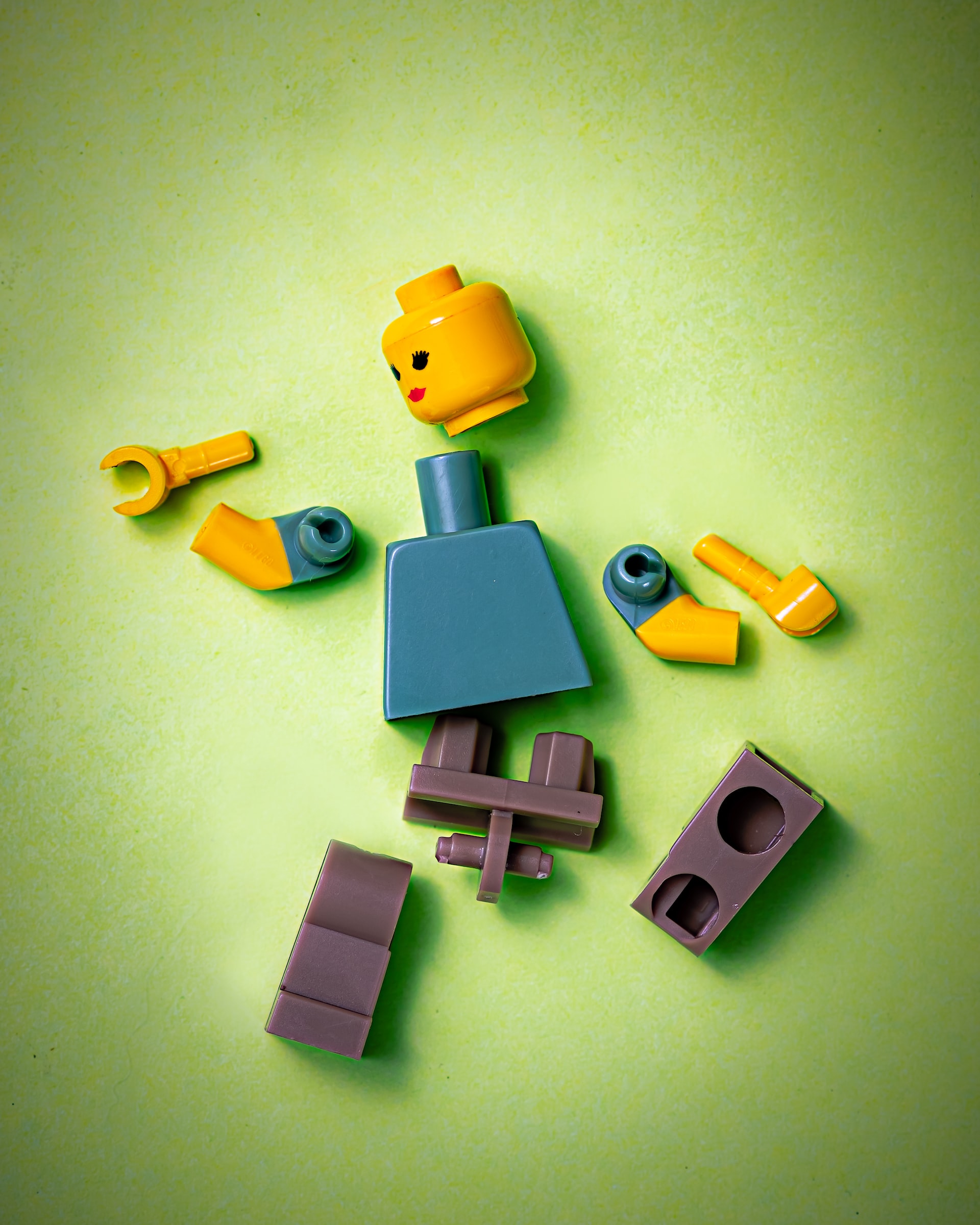
We are a reader-supported education publication. When you buy through links on our site, we may earn an affiliate commission to help us keep providing content.
Problem solving is the ability to recognize an obstacle, plan the steps to overcome it, and then take action. It’s a vital part of a child’s critical thinking process, and it goes beyond knowing that the square peg fits in the square hole. It allows children to make decisions by imagining different outcomes. For example, a child can picture the consequences of throwing a tantrum versus asking politely for a toy. Here’s how to teach problem-solving skills to young children.
Activities That Teach Problem-Solving Skills
Who says learning has to be bland? The best way to teach problem-solving skills at school is to engage your students’ bodies and minds. Try these fun, challenging activities:
1. Team Scavenger Hunt
First, hide a set of items around the playground. Break students into small groups and give each team a set of clues, then see how they work together to find the hidden objects. You can even do a themed scavenger hunt based on the season or whichever lesson plan you’re currently teaching.
This is an excellent team-building activity that engages your students’ problem-solving skills. It also gives wiggly kids a chance to run around outside, which bolsters their brain health and academic performance.
2. Jigsaw Puzzles

Doing jigsaw puzzles is an excellent way to improve students’ short-term memory and teach problem-solving skills. The kids have a clear goal — to put the picture together — and they know exactly what it should look like when it’s finished. They have to use critical thinking and spatial awareness to turn chaos into order.
Introduce students to different puzzle-solving strategies: doing the borders first, sorting the pieces by color, or looking for certain shapes.
When the students finish their puzzles, you can either break the puzzles down again or introduce another fun activity. By providing the kids with puzzle glue, you can allow them to save their masterpieces to take home or hang up on the classroom wall.
3. Moving an Object

How do you get an object from point A to point B? Give students an item such as a balloon and tell them to move it across the room. The catch is that there are multiple restrictions on how to handle the object.
For example, perhaps the kids aren’t allowed to use their hands, or they’re only allowed to touch the balloon with another object. Watch as students come up with unique ways to solve the challenge. Maybe one student will use a ruler to bat the balloon around while another gets good at bouncing it off her head. It’s a fun exercise in creativity and critical thinking.
4. Human Knot
Team-building games like this one teach students to tackle more complex issues than they could on their own. First, have your students stand in a circle. Ask them to raise their right arms, then have them hold hands with the child directly across from them. Double-check that no one is holding hands with anyone right next to them.
Once everyone is tangled up, the kids have to find a way to extricate themselves from the knot without letting go of anybody’s hand. This critical thinking challenge also doubles as a social bonding activity.
5. The Floor Is Lava
Most children seem to instinctively come up with this game on their own. When you announce that the floor is lava, students have to immediately find a way not to touch the ground — after all, it’s over 2,000 degrees Fahrenheit! Anyone who stays on the ground is toast, and they must sit on the sidelines.
It’s probably easiest to play this game on the playground. Here’s how:
- You yell out, “The floor is lava!”
- Students have a few seconds to get both feet off the ground. You decide how long the time limit is, but 10 seconds is generally enough.
- The kids will climb on the monkey bars, swing sets, and slides to get out of the lava.
- Anyone still touching the ground after the time limit is up loses the round.
- After the time limit is up, wait an additional few seconds before announcing that it’s time to run around again.
In addition to burning up excess energy, children will have a blast with this game that strengthens their problem-solving skills.
How to Teach Problem-Solving Skills: Make It Fun
Children naturally love to play, so use that to your advantage. Turn lessons into hands-on activities and games to build your students’ critical thinking skills. Above all, remember to let loose and encourage creativity.









